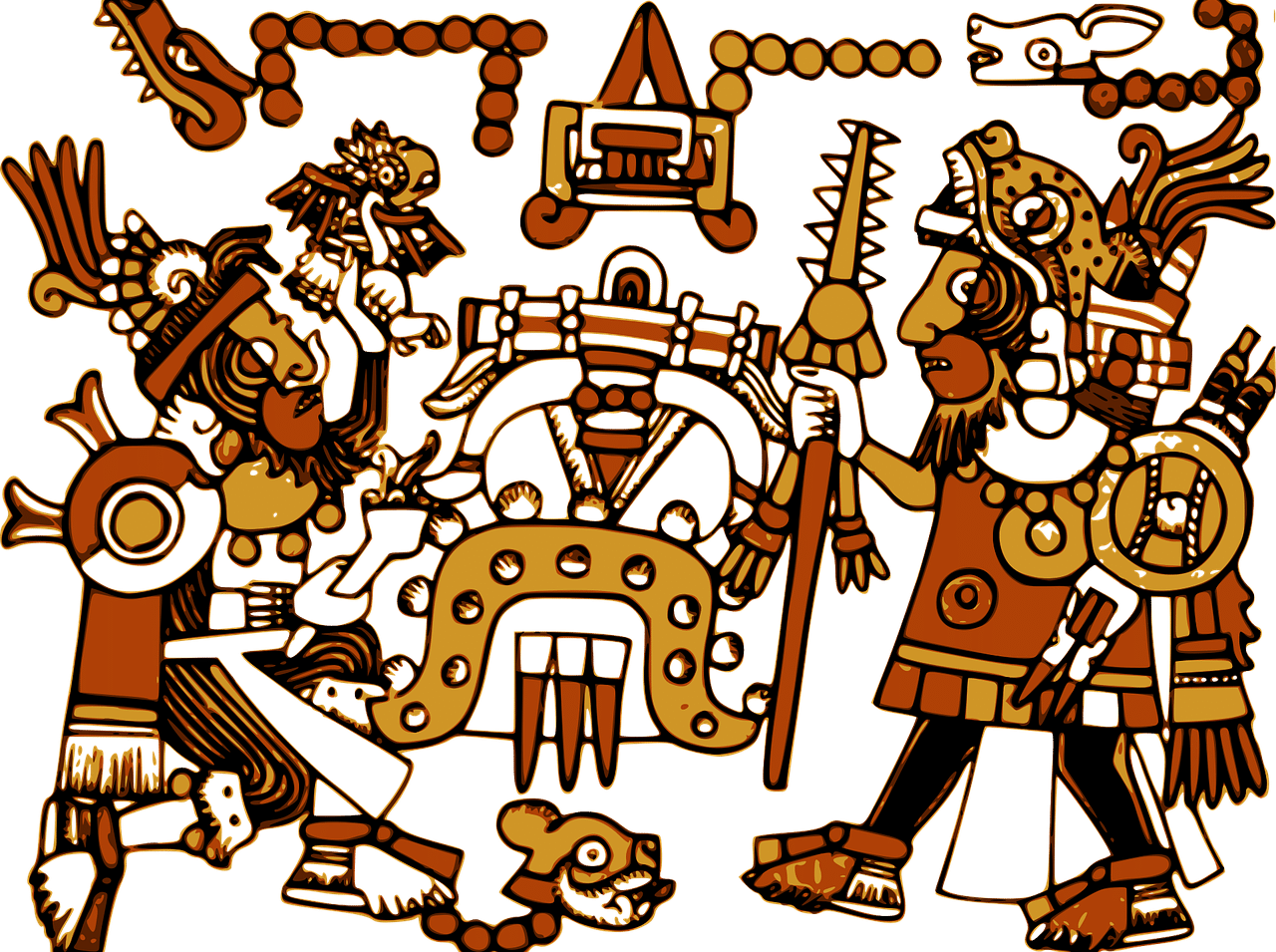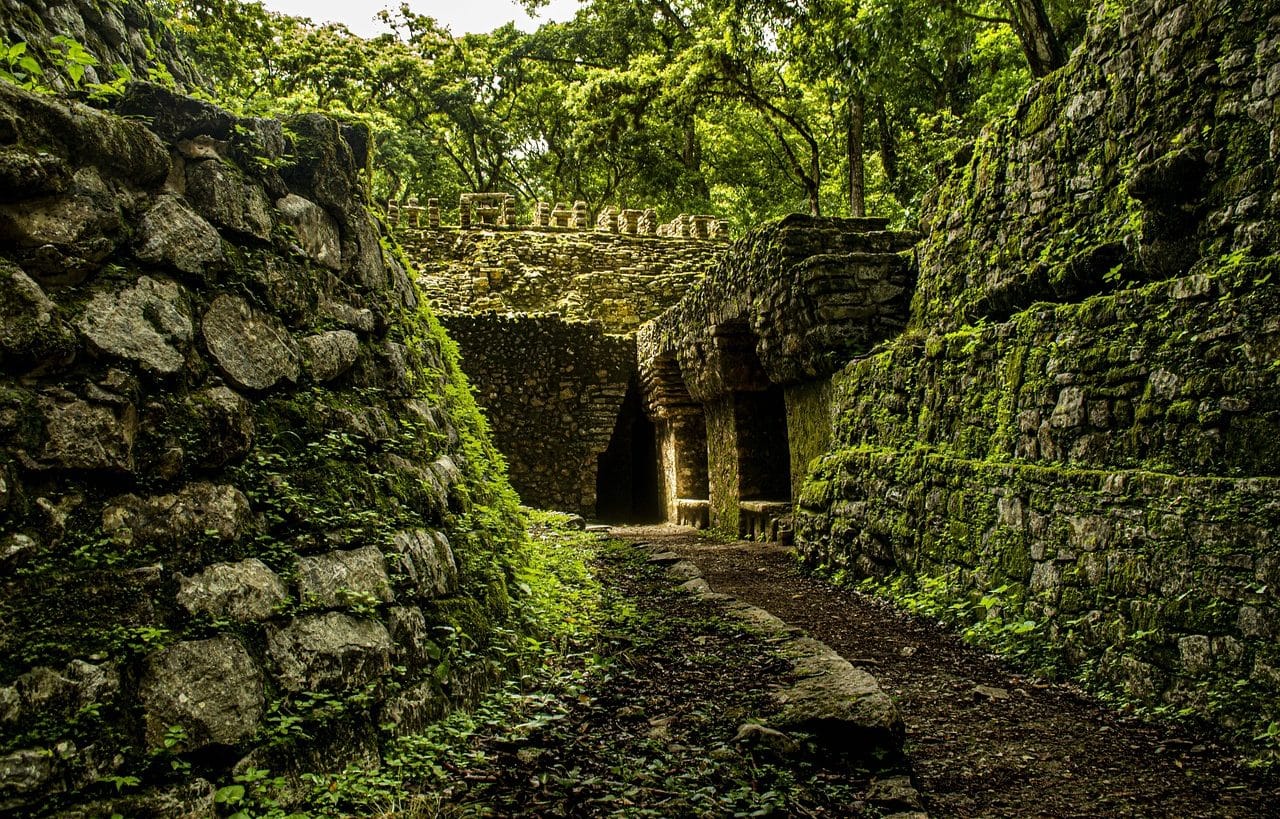
The Aztecs were a pre-Columbian people.
Aztec is a notion that is used in different ways and often gives rise to confusion. According to what is detailed in the dictionary of the Royal Spanish Academy ( RAE ), the term comes from aztécatl , a concept from the Nahuatl language that mentions the inhabitants of Aztlán .
Aztlán , on the other hand, is called the mythical site that is considered the origin of the Aztatecas or Mexica . There are experts who maintain that Aztlán is a symbolic way of representing Mexico -Tenochtitlan , the capital of the Mexica Empire.
The Aztecs and the Mexica Empire
Beyond these differentiations, in colloquial language it is common for Aztec and Mexica to be used as synonyms. This refers to the pre-Columbian civilization that founded Mexico-Tenochtitlan and that became one of the States with the greatest territorial development on the American continent.
Other names by which the Aztec Empire is known are the Tenochca Empire and the Triple Alliance . In more specific terms, it is considered a controlling entity that spanned the realms of economy, politics, and territory, and existed throughout the Late Postclassic period (the final stage of development of the natives before the arrival of the Spanish. ) in central Mesoamerica .
The name Triple Alliance arose from the fact that the empire was made up of three places from which orders were sent to the entire territory , and they were Mexico-Tenochtitlan , Tlacopan and Texcoco . History tells us that most of the territories that reported to the Altépetl were owned by the Aztecs.

Today you can see Aztec ruins.
A developed culture
It is public knowledge that the Aztecs stood out in many areas of knowledge, such as the following: metallurgical development; the exploitation of corn, pumpkin and other crops; the use of its own metric system and writing based on pictograms; the use of clothing made with feathers, among other characteristics.
Today it is possible to see numerous vestiges of Aztec culture . The Templo Mayor and the archaeological zones of Texcotzingo and Mixcoac are some of these testimonies.
Regarding the structure of their dominion , both the Aztecs and their allies prevailed over many peoples, mainly in the central area of Mexico , the Gulf Coast and the Guerrero region, in addition to certain parts of Oaxaca . As if this were not enough, they had various enclaves in strategic places in Tabasco and also had under their control the route that connects the Xoconochco region and the heart of Mesoamerica . Taxation was the main means by which the Aztecs expanded their economic control considerably.
At the beginning of the 16th century , the Aztecs were the most powerful civilization in Mesoamerica . Most of the towns in the region, in fact, were subject to Aztec rule. The Spanish invasion after the arrival of Christopher Columbus to the continent was resisted by the Aztecs, although México-Tenochtitlan finally fell in 1521 into the hands of Hernán Cortés .
Aztec Stadium
In Mexico City is the Azteca Stadium , where sporting events of great importance at an international level are held, with a capacity of around 87,000 spectators ; Its size places it in second place within the American continent and eighth in the entire world.
Its design was carried out by architects Rafael Mijares Alcérreca and Pedro Ramírez Vázquez and construction work began in 1962 to have a venue in which the '70 World Cup could be played. Currently, in the stadium it is possible to enjoy shows of all kinds, such as recitals and award ceremonies.
It should be noted, on the other hand, that the adjective Aztec is currently used as an equivalent to Mexican. For example: “Aztec striker Chicharito Hernández scored two goals in his team's victory.”
